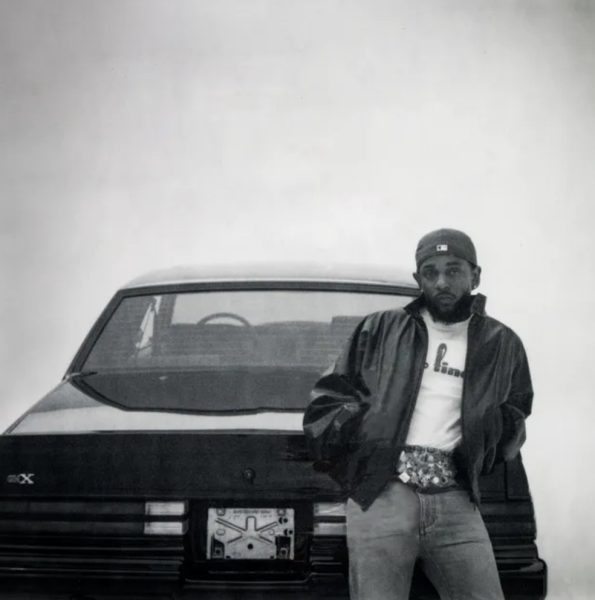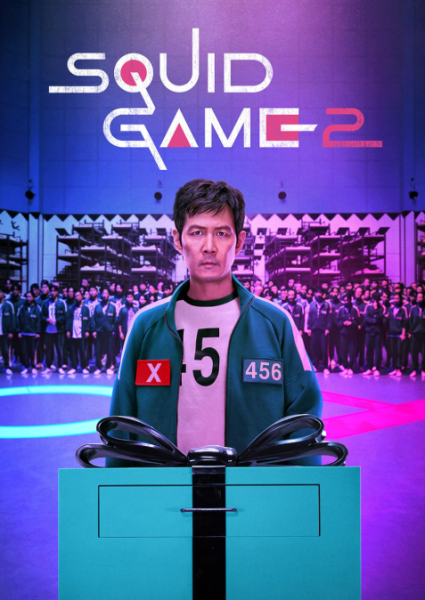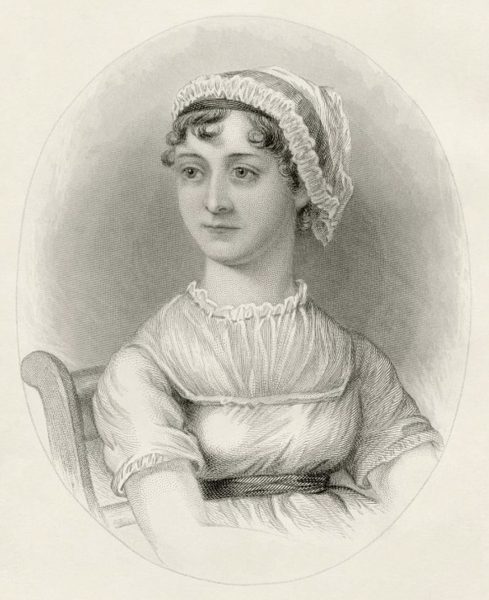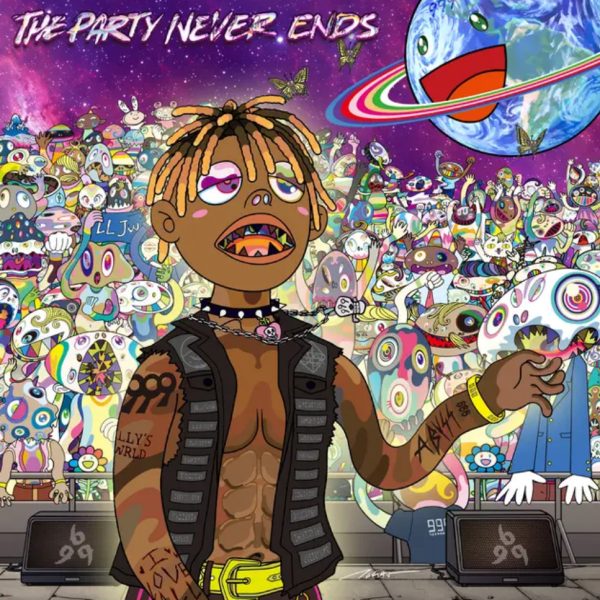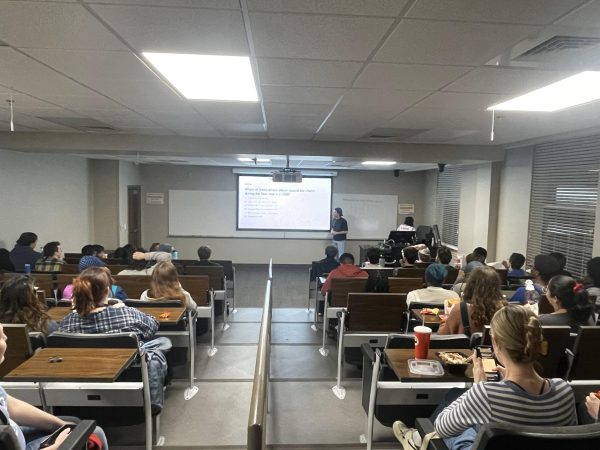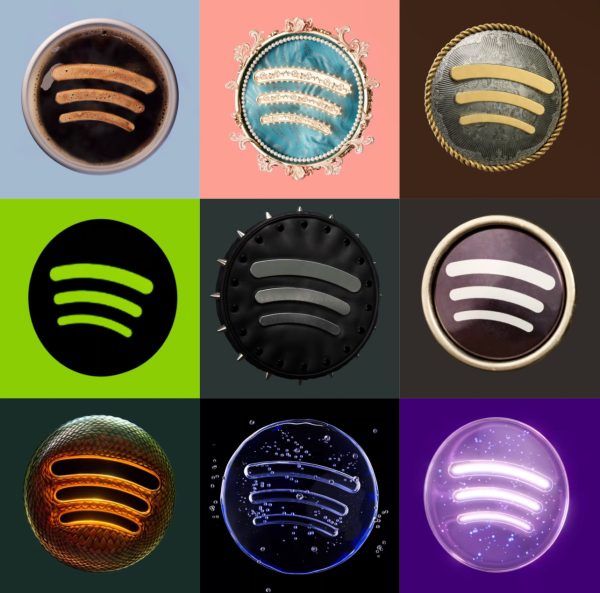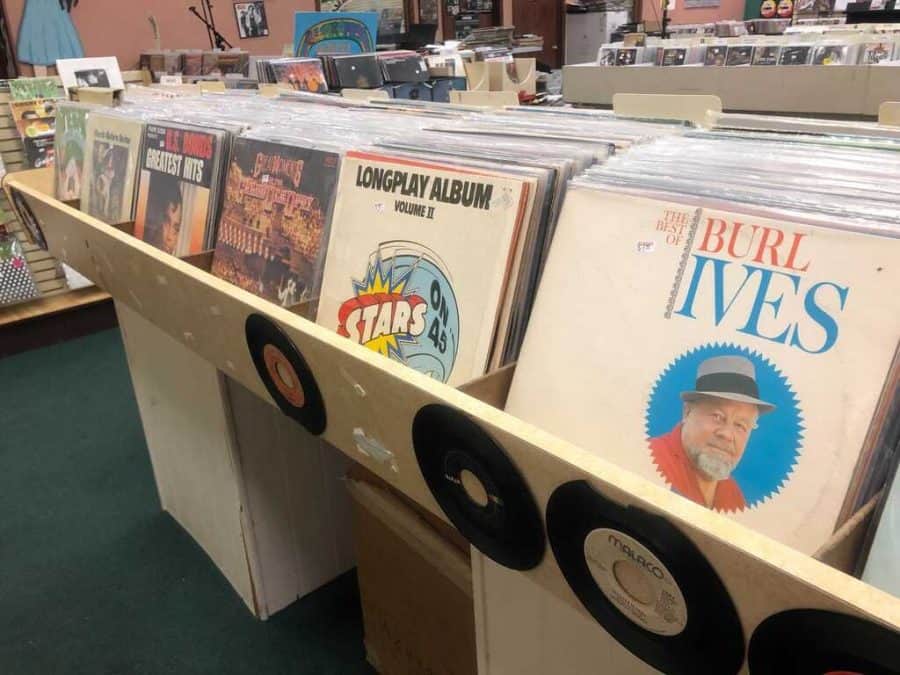Vinyl Vibes: Why some bin-divers choose physical media over streaming
Oz Music is a hotspot for record enthusiasts, both fledgling and experienced.
Read more from the culture desk.
If you were born after or near the year 2000, it is likely that the vast majority of your experience with music has been online. Streaming has become the central way people experience music.
According to a new report from the Digital Media Association, whose members include Spotify, Pandora, Youtube and Amazon, at least a third of Americans are streaming subscribers. Revenue has gone up by 25% year-on-year. The giants are fat and happy.
As streaming becomes the main way to experience music, physical media becomes increasingly less relevant. And in the pandemic, it isn’t only physical copies of media that are nowhere to be found—it’s face-to-face experiences of music, too. The pandemic may have furthered along the loss of physical interactions, as artists may one day be replaced by avatars. The Weeknd already did this with Spotify back in August, when users could log on and interact with an artificial intelligence-version of The Weeknd who looked lifelike and talked to fans.
Despite the ongoing digitization of music, there’s still one sector of the music world that follows a different model of interaction: the world of vinyl records.
“There’s a lot of music that has slipped away with time that is not on streaming or online really,” Anna Rahkonen, the manager of Oz Records in Tuscaloosa, said. “There’s a reason crate diggers exist, and that’s because there is so [much] music out there that is just laying around in dollar bins at record stores… It is a good way to discover music that wouldn’t have crossed your radar in another way.”
Oz Music, Tuscaloosa’s devoted record store, has an entire left wall and area dedicated to vinyl both used and new. Rahkonen went on to talk about how the algorithms on Spotify or Apple Music are great for finding music listeners like, but records capture a different experience that algorithms can’t replicate.
UA alumnus Gabe Rosser spoke of a similar experience when digging through the stacks.
“You aren’t steered by an algorithm,” Rosser said. “It’s a physical experience. It’s the most gratifying thing to be looking through a stack of records… when you find something that you will have your whole life.”
Surprise is more in play in a shop, a physical place. As with libraries, grocery stores or even boutiques, physically browsing can lead to chance encounters with great products.
“You may be looking for a record by one artist and find another sitting next to it [that] you pick up as well, and that album completely changes your aesthetic world,” said Andrew Dewar, a professor of interdisciplinary arts at the New College and the School of Music.
John Beeler, professor of history, can attest to that feeling of discovery and chance. He has been collecting records for most of his adult life. He is now in his 60s and has a collection of over 10,000 records. “A garage full,” he said.
Beeler recalls plenty of stories of finding records.
“The thing about the thrift shop experience is you got to have a zen attitude,” Beeler said. “Nine times out of 10, or 19 out of 20, or 99 times out of 100 it’s going to be the same old crap. But that one time you go in, and go ‘Wow! This is in here!’”
Beeler also said he has vivid and fond memories of some of his thrift shopping experiences. At a since-closed Goodwill in Alabaster, he found a copy of live concerts from Henry Cow, a 70s English art rock band, for 50 cents.
“Did I already have a copy? Yeah, I did,” Beeler said.
But Beeler added that it felt important to him to have “a spare of a really obscure album found in Alabaster, Alabama, of all places, for 50 cents.”
Beeler has many stories of vinyl discoveries. For him, most of the joy in record collecting comes from the finding. He even mentioned that he thought Discogs, the digital marketplace and dataplace for records, makes finding records “too easy.”
But finding the records isn’t the only joy to be had, Beeler added. Instead, each record contains a full experience.
“What records enable you to do was look at the cover art, look at the interior photos, read on the back, very often a pull out lyric sheet…If you want the tactile, physical pleasure of holding the record, the physical artifact in your hand, this was a full immersion experience,” Beeler said.
Do records sound better? To answer that question is to dive into the great digital and analog debate. Analog itself is a copy, vibrations etched into the grooves of a vinyl record that “analogs” to the original sound waves created from musical instruments and vocal cords. The needle vibrates and re-creates those sound waves. Digital is recording the music into a computer program, or a “picture” of the soundwaves often in WAV files or MP3 that are a set of 1s and 0s. This is to say nothing of digital instruments – electronic music where the instruments, or synthesizers, are on computers are digital to begin with. It’s worth noting that even in today’s vinyl records, the music is first digitally recorded then pressed into the vinyl.
“Warmth” is a word often used by audiophiles, or people who are obsessed with the perfect sound reproduction, in search of a “pure” sound. Even the imperfect sounds of a record, especially if it was pressed in the 1980s or earlier, with its pops and soft crinkles can carry an authenticity of sound that purists are hoping for. They want to be as close to the “real” thing as possible, no matter the fact that the spinning record and needle is still just a facsimile of the real thing.
Warmth aside, Beeler said it’s really hard to tell which format sounds better when it comes to modern digital audio files. The human ear can’t usually tell the difference, Beeler said. Dewar speculated that the imperceptible difference between physical media and compressed streaming files will likely only get smaller.
“Direct Stream Digital… is the future of digital recording and playback,” Dewar said. “When it’s well done, it can sound better than any other format, physical or otherwise.”
Besides the collectibility factor and the desire for better sound quality, buying up vinyl records has one major connotation that Beeler and Rossner will cop to.
“Part of this, to be perfectly honest, a hipster kind of thing. I am cool because I listen to records,” Beeler said.
Rossner echoed the same sentiment.
“It’s about bragging rights,” Rossner said.
The hipster fixation aside, records still offer a different experience and a network.
Dewar referred to record stores as “founts [of] information” in an email.
“While that can sometimes lead to a culture of elitism and snobbishness that was so wonderfully described in Nick Hornby’s book ‘High Fidelity,’ it’s usually a positive thing that can really expand one’s ideas of music,” Dewar said.
Almost 10 years ago, the University did have a listening group that would gather and listen to records. Based out of the New College student body, there was interest last year until the virus struck, said Theo Trost, professor of religious studies. Trost added that enthusiasm could be revived in the future for the group in a post-virus world.
For now, students have places like Oz. Rahkonen said that anyone can get into record collecting. She mentioned that thrift stores, garage sales and stores like Oz all offer cheaper options to get started. Same goes for finding a player, as less expensive options are available. On the future of records, when asked if students and younger people come into the shop, Anna had a response.
“Plenty of current students and faculty, high school and middle school age kids, and children with the parents [come in],” Rahkonen said.
Streaming may be the way of the future, but records have a vibrant present.





